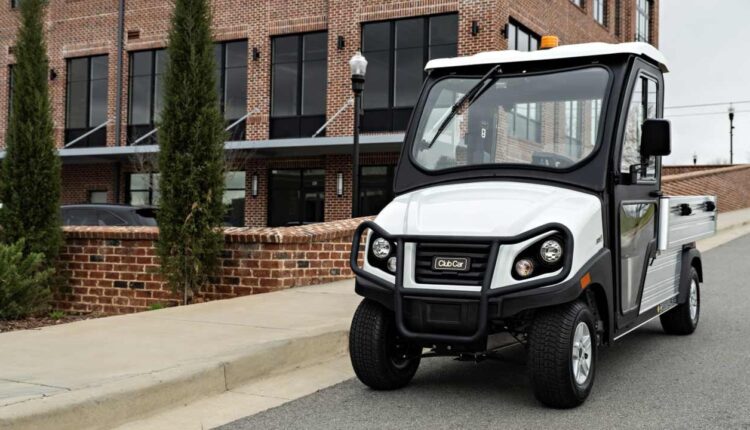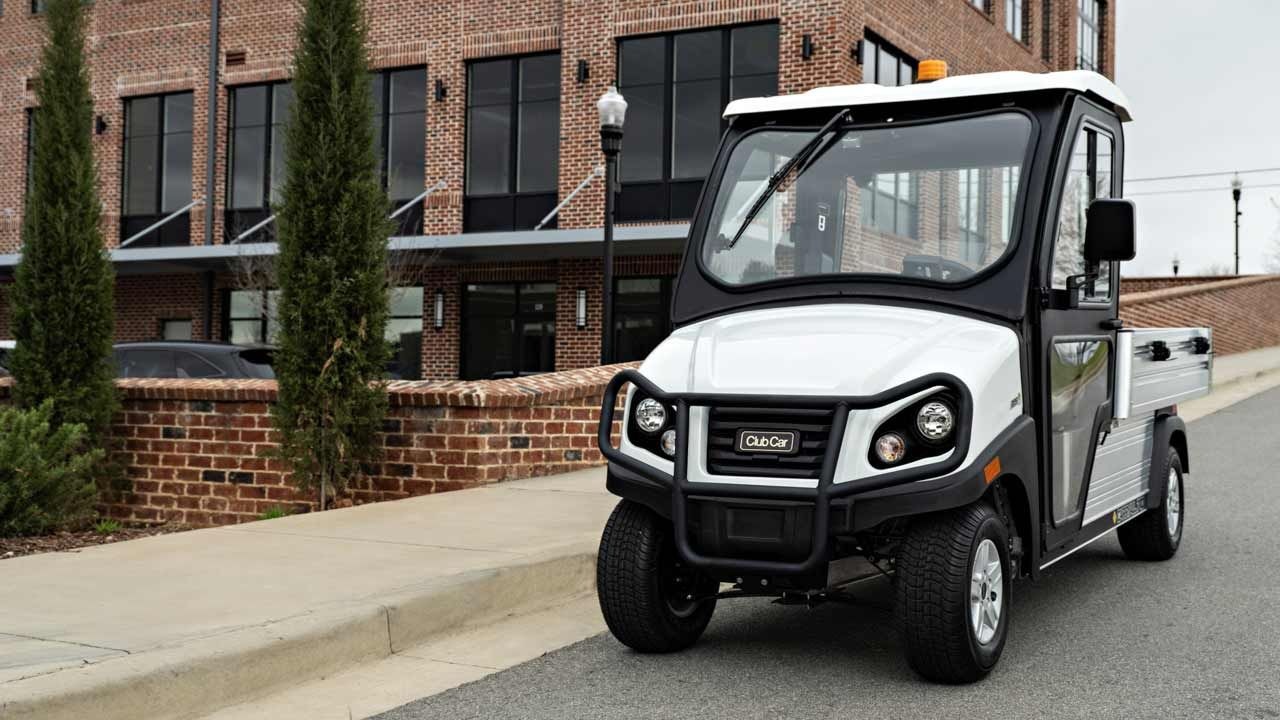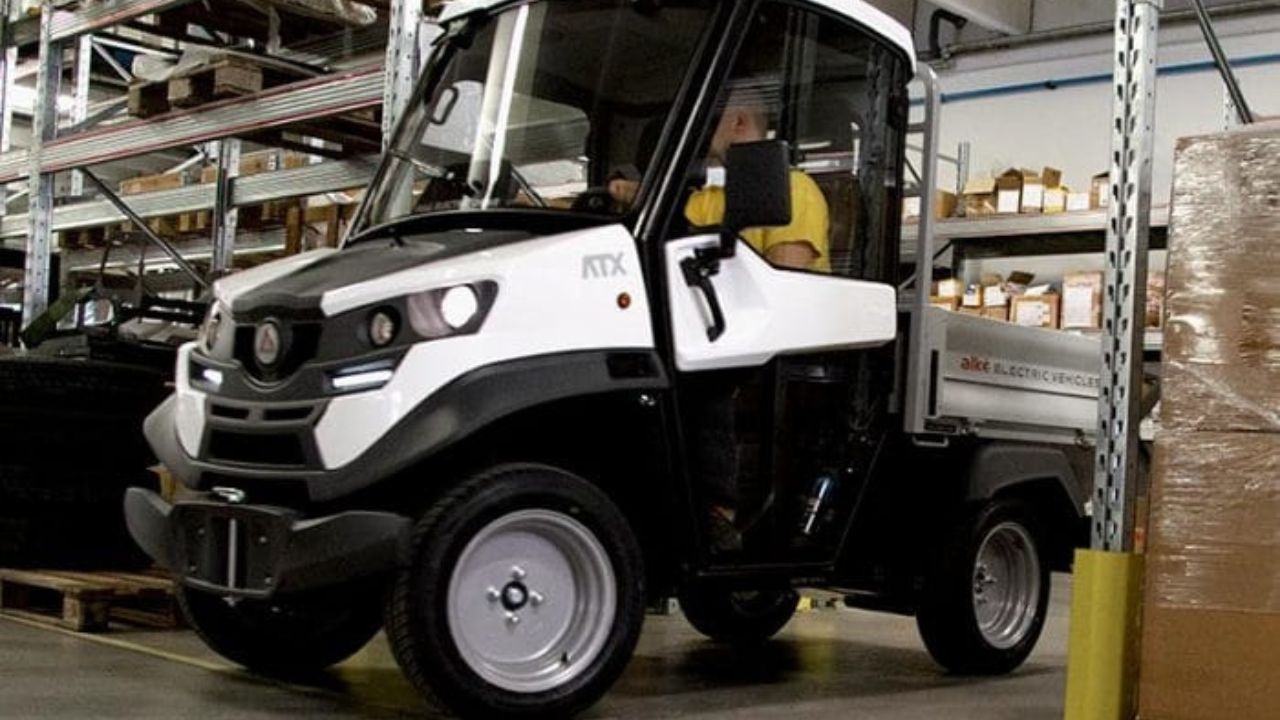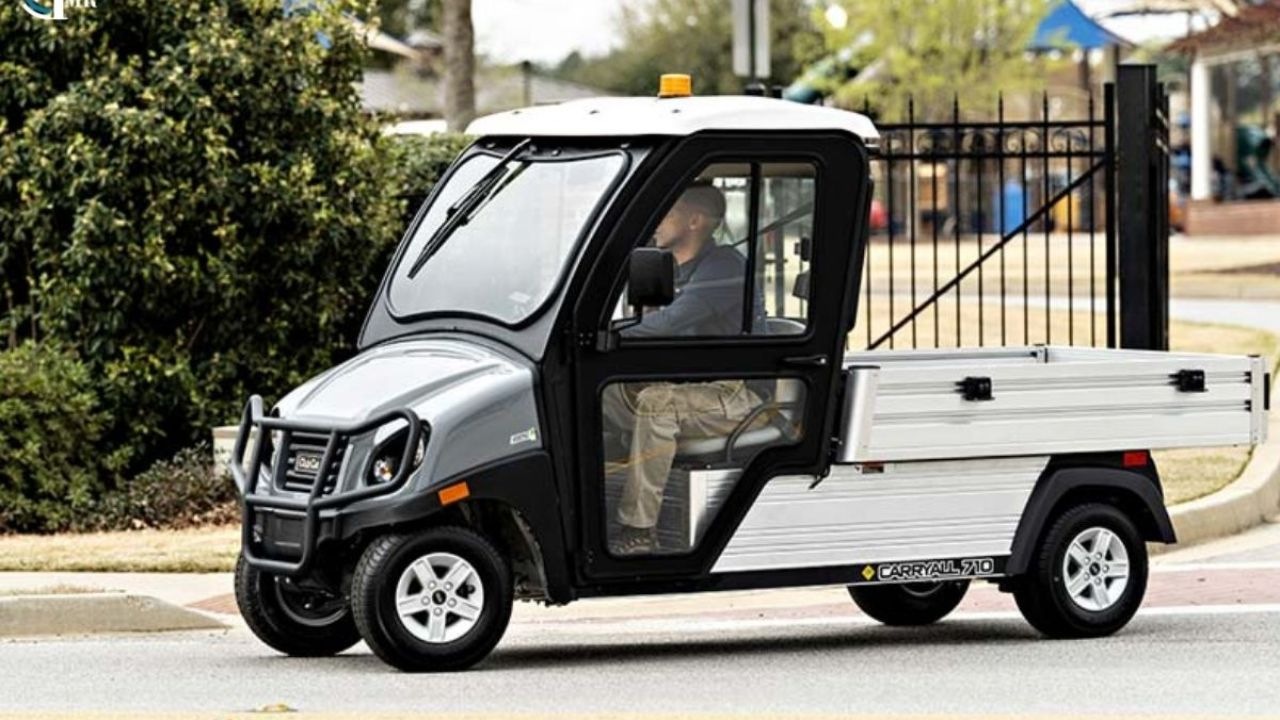
Electric Utility Vehicle: The Future of Sustainable Transport for Work and Industry
Electric Utility Vehicles (EUVs) are becoming the backbone of modern business, industry, and government as the world moves toward clean energy and carbon neutrality.
These vehicles are a top choice in many fields, from agriculture and construction to urban delivery and campus logistics, because they have a powerful mix of zero-emissions performance, high utility, and low operating costs.
Electric utility vehicles are built for versatility, endurance, and usefulness in work settings, not for speed or passenger comfort.
These vehicles are changing the way businesses do their daily logistics and transportation tasks because they have better torque, need less maintenance, and can be built to fit their needs.
The Main Advantages of Electric Utility Vehicles
Zero emissions and Eco-Friendly operations
The fact that EUVs are good for the environment is one of their best features. These cars don’t emit any greenhouse gases from their tailpipes, which makes them great for use in:
- Indoor spaces like warehouses
- Cities with strict rules about emissions
- Parks, campuses, and resorts are examples of eco-sensitive areas.
Lower Operating Costs
Electric drivetrains are not only very efficient, but they also save a lot of money over time. EUVs have fewer parts that move, which means:
- Reduced Maintenance
- Cheap repairing costs
- Parts that last longer
Electricity is also much cheaper than gasoline or diesel on a per-mile basis, which helps businesses save a lot of money on operating costs.
Works quietly
Electric motors run so quietly that EUVs are great for places where noise pollution is a problem, like hospitals, airports, hotels, and universities.
Instant Torque for Heavy Loads
Electric motors give you instant torque, which is great for utility vehicles that need to move tools, equipment, or cargo.
EUVs can handle heavy loads without losing efficiency, whether they are on a construction site or a farm.
Ideal for many services
Flexibility Electric utility vehicles come in many different shapes and sizes, such as
- Trucks with flatbeds
- Haulers for dump beds
- Tractors for towing
- Cargo Vans
- Shuttles for passengers
These vehicles can be customized for specific jobs like landscaping, maintaining buildings, making deliveries, or moving materials by adding or removing parts and changing the body style.

The Best Uses for Electric Utility Vehicles
Government and Municipal corporations
Cities and governments are switching their public fleets to electric utility vehicles more and more. They use them for things like
- Garbage collection
- Park maintenance
- Meter Reading
- Security patrols
The change not only helps the environment, but it also lowers fuel costs for taxpayers and makes the air cleaner.
Farming and agriculture
EUVs are the best choice for farms because they have the right amount of power and accuracy. They are used by farmers for:
- Moving tools, feed, or animals
- Taking care of crops with sprayers on board
- Moving around big pieces of land without disturbing the soil too much
Electric drivetrains also keep emissions away from crops, which is good for farms that use organic and sustainable methods.
Logistics for warehouses and factories
EUVs are great at:
- Pulling heavy trailers or carts
- Moving materials from dock to storage
- Working safely around people because of low noise and controlled speeds
Campus and Hospitality Operations
EUVs help universities, resorts, and airports in the following ways:
- On campus deliveries
- Transportation for Guest and Staff
- Facility Management
They are great for small spaces and can be wrapped in a way that fits your brand and identity.

Types of Electric Utility Vehicles Available Today
Low Speed Electric Vehicles (LSEVs)
LSEVs are great for places that are closed off, like campuses, warehouses, and gated communities. Most of the time, their top speed is between 25 and 35 mph.
Off Road EUVs
These electric vehicles are made for tough terrain and have 4×4 capabilities, big tires, and a high ground clearance. A lot of farms and remote work sites have them.
Electric Utility Trucks for Small Business and Services
These trucks are made for heavy duty jobs and come with
- Extended range
- Multiple battery configurations
- Full cab and flatbed options
They are the first choice for delivery companies and city governments.
Compact EUVs
These small workhorses are great for parks, golf courses, and estates. They can carry lighter loads, but they are very easy to move around and charge.
Battery and charging technology
Battery technology is very important for making electric utility vehicles work well. Most models these days come with:
- Lithium-ion batteries for longer range and quick charging.
- Battery packs easily swappable for non stop use.
- Onboard chargers for convenience
Depending on the model and voltage capacity, charging times can be anywhere from 2 to 8 hours. Some EUVs can be charged at solar charging stations, which means they don’t need any outside power.
Leading Brands in the EUVs sector
Several car companies and specialized manufacturers are in charge of the EUV market:
- Polaris GEM: EUVs for campuses and light industry
- Cenntro Automotive makes delivery trucks for cities.
- Club Car and Garia Utility: EUVs for Golf and Maintenance
- Tesla (Cybertruck in utility version)—possible heavy-duty use in the future
- Electric Last Mile Solutions (ELMS)—EUVs for businesses in cities
Support and Tax credits for electric vehicles from the federal government
Governments around the world are pushing for electrification by giving out big tax breaks, subsidies, and grants. Businesses that invest in EUVs may be able to get:
- Tax credits for electric vehicles from the federal government
- Grants to improve the quality of the air in your area
- Benefits of depreciation and incentives to upgrade the fleet
These programs are meant to make it easy and cheap to use EUV.

What the Future Scope for Electric Utility Vehicles
Smart mobility ecosystems are very important for the future of electric utility vehicles. New things that are coming up include:
- Autonomous EUVs for moving things around on campus or in a warehouse
- Fleet tracking and integration of telematics
- AI-based load optimization
- Wireless charging
Because of climate change and urbanization, EUVs will keep leading the way toward more sustainable and efficient transportation in all areas.
In conclusion, this is a smart investment for a better future.
Electric utility vehicles are a reliable, environmentally friendly, and cost-effective option for getting around at work instead of using gas-powered vehicles.
As companies focus on ESG goals, lower their carbon footprints, and embrace electric innovation, EUVs will become more than just a choice; they will become a need.
